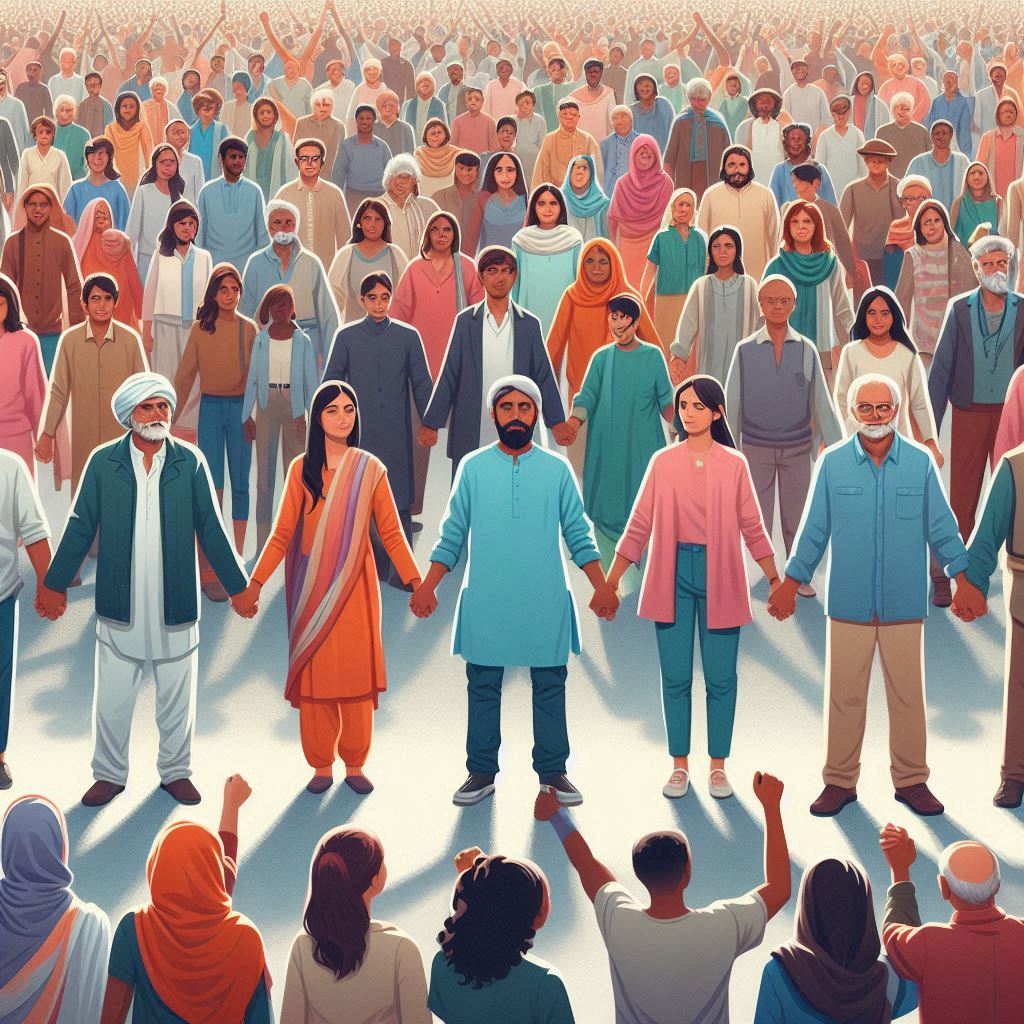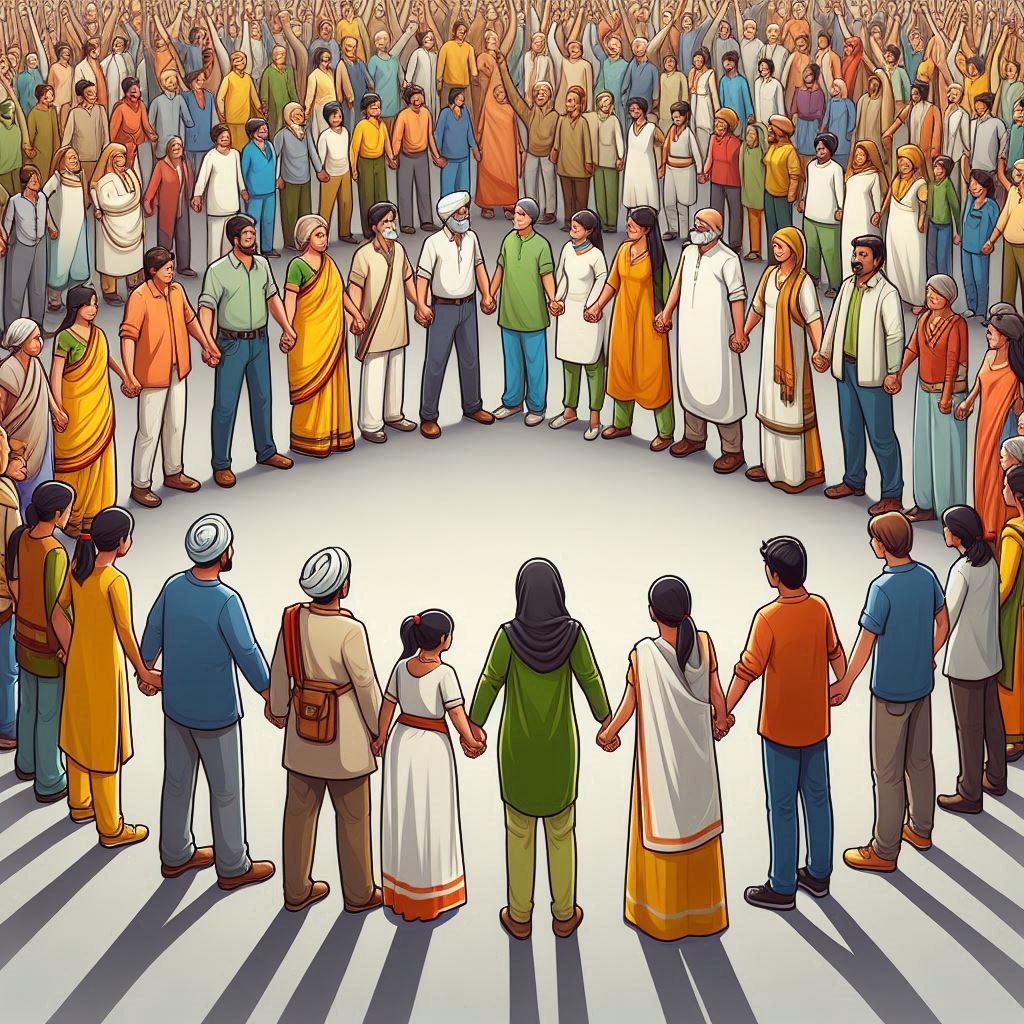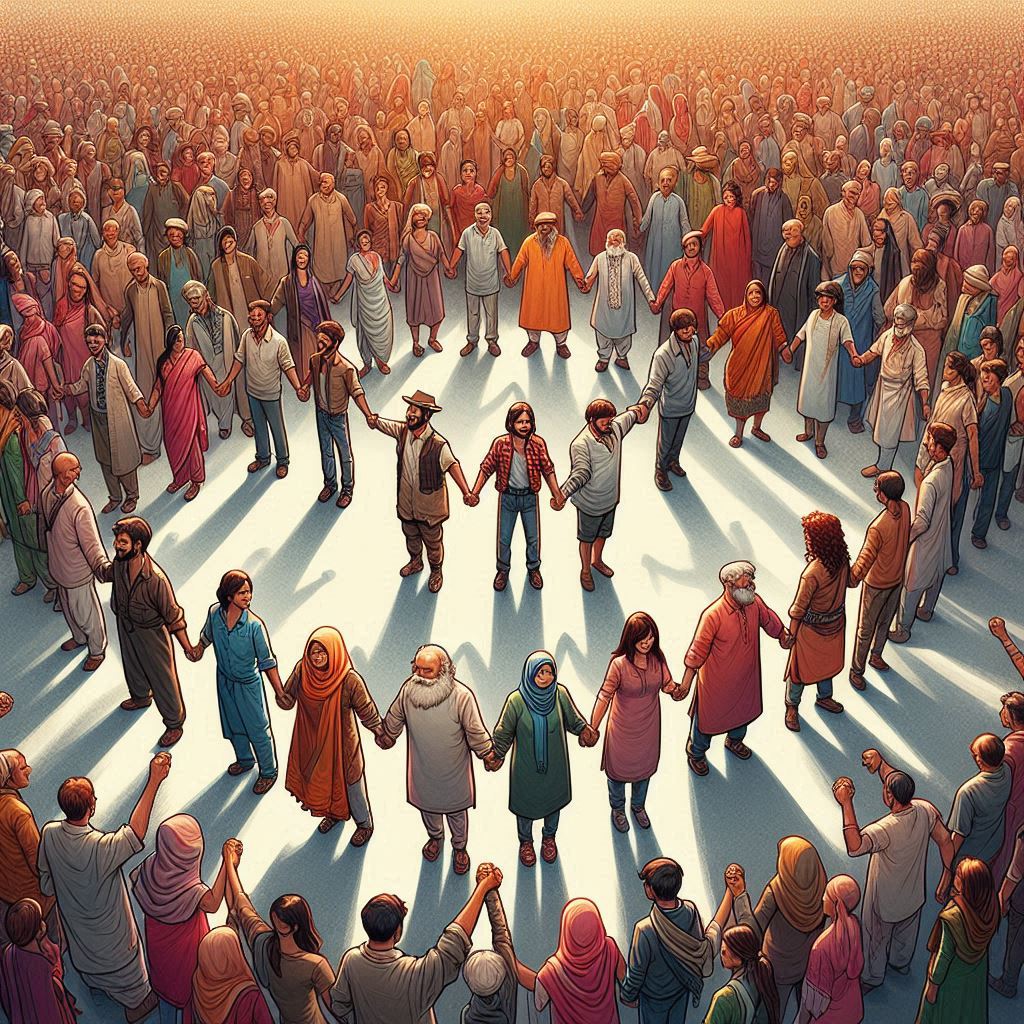印度的種姓制度
印度種姓制度是一個古老且根深蒂固的社會階層結構,對當地社會的組織和運作產生深遠的影響,最早可以追溯到公元前1500年的吠陀時期。主要分為四個基本階層,稱為「瓦爾納」(Varna)。這四個瓦爾納包括:
婆羅門(Brahmin):這是最高的種姓,主要由祭司和學者組成。負責宗教儀式和教學工作,被認為是智慧和神聖知識的守護者。
剎帝利(Kshatriya):包括戰士和統治者,職責是保護國家和執行法律。剎帝利被視為社會的守護者。
吠舍(Vaishya):由農民、商人和工匠組成。負責經濟活動和生產,促進社會的繁榮。
首陀羅(Shudra):最低的種姓,主要是服務階層,如工人和僕人。負責社會的各種勞動服務。
除這四個主要種姓之外,還有一個被稱為「賤民」(Dalit)的階層,這些人被傳統上認為是不潔的,因此被排除在種姓制度之外。從事被認為是「不潔」的工作,如垃圾清理和皮革加工。
種姓制度對印度社會的影響是廣泛且深遠的。首先,它決定個人的社會地位和職業選擇,種姓通常是世襲的,這意味著一個人的種姓由出生決定。其次,種姓制度影響社會的婚姻模式,傳統上,人們只能在同一種姓內結婚,跨種姓婚姻被社會所不容。
在經濟和社會互動方面,種姓制度導致嚴格的社會分工和不同階層之間的明顯界限。這種結構雖然在某些方面促進社會穩定和秩序,但也導致廣泛的不平等和歧視,特別是對於賤民階層而言。
現代印度法律已經禁止基於種姓的歧視,並引入一系列政策,如保留制(reservation system),在國會及政府機關保留27%的名額,來促進社會的平等和賤民及其他弱勢群體的社會和經濟地位。然而,種姓制度的影響依然深遠,許多傳統觀念和習俗仍然存在於印度的社會和文化生活中。低種姓的人們在致富後,總是想盡辦法與婆羅門女性結婚,例如身價超過900億美金的印度首富 Mukesh Ambani,因為是低種姓出身所以迎娶婆羅門種姓的女人,來提高本身的社會地位。而低種姓的人們不可到高種姓家中拜會,會被視為不尊重的行為。
The caste system in India is an ancient and deeply entrenched social hierarchy that has had a profound impact on the organization and functioning of local society. Its origins can be traced back to the Vedic period around 1500 BCE. The system is primarily divided into four main categories known as "Varna." These four Varnas include:
Brahmin: This is the highest caste, primarily consisting of priests and scholars. They are responsible for performing religious rituals and teaching, and are regarded as the guardians of wisdom and sacred knowledge.
Kshatriya: This caste includes warriors and rulers whose duty is to protect the country and enforce laws. Kshatriyas are seen as the protectors of society.
Vaishya: This group is composed of farmers, merchants, and artisans. They are responsible for economic activities and production, contributing to the prosperity of society.
Shudra: This is the lowest caste, mainly consisting of the service class, such as workers and servants. They are responsible for various labor services in society.
Apart from these four main castes, there is also a category known as "Dalit," traditionally referred to as "Untouchables." These individuals are considered impure and are thus excluded from the caste system. They engage in occupations deemed "unclean," such as garbage collection and leatherwork.
The caste system has widespread and profound effects on Indian society. Firstly, it determines an individual's social status and career choices, with caste usually being hereditary. This means that a person's caste is determined by birth. Secondly, the caste system influences social marriage patterns; traditionally, people can only marry within their own caste, and inter-caste marriages are socially unacceptable.
In terms of economic and social interactions, the caste system results in a strict division of labor and clear boundaries between different social strata. While this structure has, in some ways, promoted social stability and order, it has also led to widespread inequality and discrimination, especially against the Dalit community.
Modern Indian laws have banned caste-based discrimination and introduced policies such as the reservation system, which reserves 27% of seats in Parliament and government institutions to promote equality and improve the social and economic status of Dalits and other marginalized groups. However, the influence of the caste system remains pervasive, with many traditional beliefs and customs still present in Indian social and cultural life.
People from lower castes often strive to elevate their social status by marrying Brahmin women, as seen in the case of Mukesh Ambani, India's richest man, who, despite being from a lower caste, married a Brahmin woman to enhance his social standing. Additionally, it is considered disrespectful for lower-caste individuals to visit the homes of higher-caste families.
The caste system remains a complex and significant aspect of Indian society, shaping its historical and modern dynamics in numerous ways. Understanding this system and its impacts is crucial for comprehending India's social and cultural fabric.



照片:DALLE3
- 1
- 2
- 3
- 4
